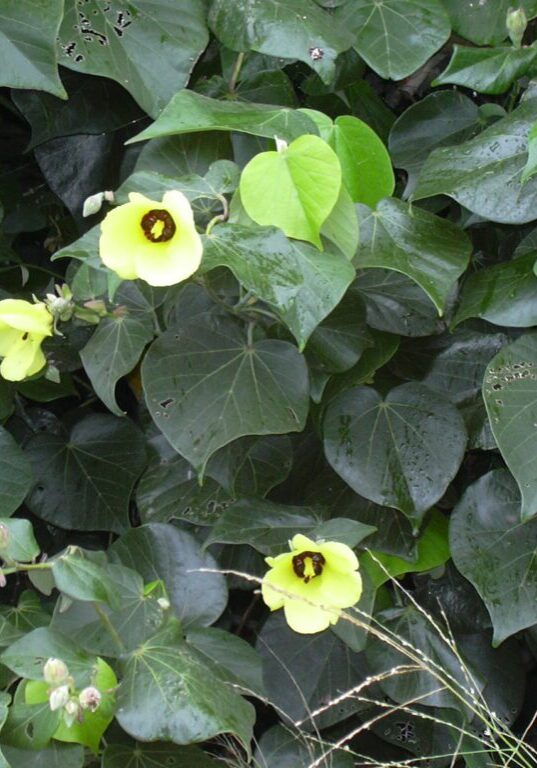Hibiscus tiliaceus
Best practices for survivability and field observations
Many respondents said that it is an aggressive, sprawling species (especially in streams and gulches), possibly requiring continual maintenance (for example on O‘ahu beach parks, public lands). A couple respondents said it is successful on shorelines, and one noted it can be planted to protect homes from high waves and winds. A couple of respondents said that branches spread and re-root, and that the growth pattern excludes other plants (and may become a problem for nearby irrigation systems). There were mixed reports about how much water is needed to establish and maintain the species. A couple people noted that there is quite a bit of leaf litter associated with this species. Cultural uses include medicine, kaula, tools, kapa dyes.
Stressors and pests
One person noted that whitefly can have a negative impact and that it is palatable to goats.
Availability and propagation
Many noted that it is readily available (for example, on Hawai‘i Island) and easy to grow from cuttings and/or seeds. One said it produces abundant seeds and that seedlings can be translocated. It is “easy to root by cutting if moist soil.”
Survey Results
For information about the survey, refer to our article: on Coastal Plants for Creating Green Breaks

